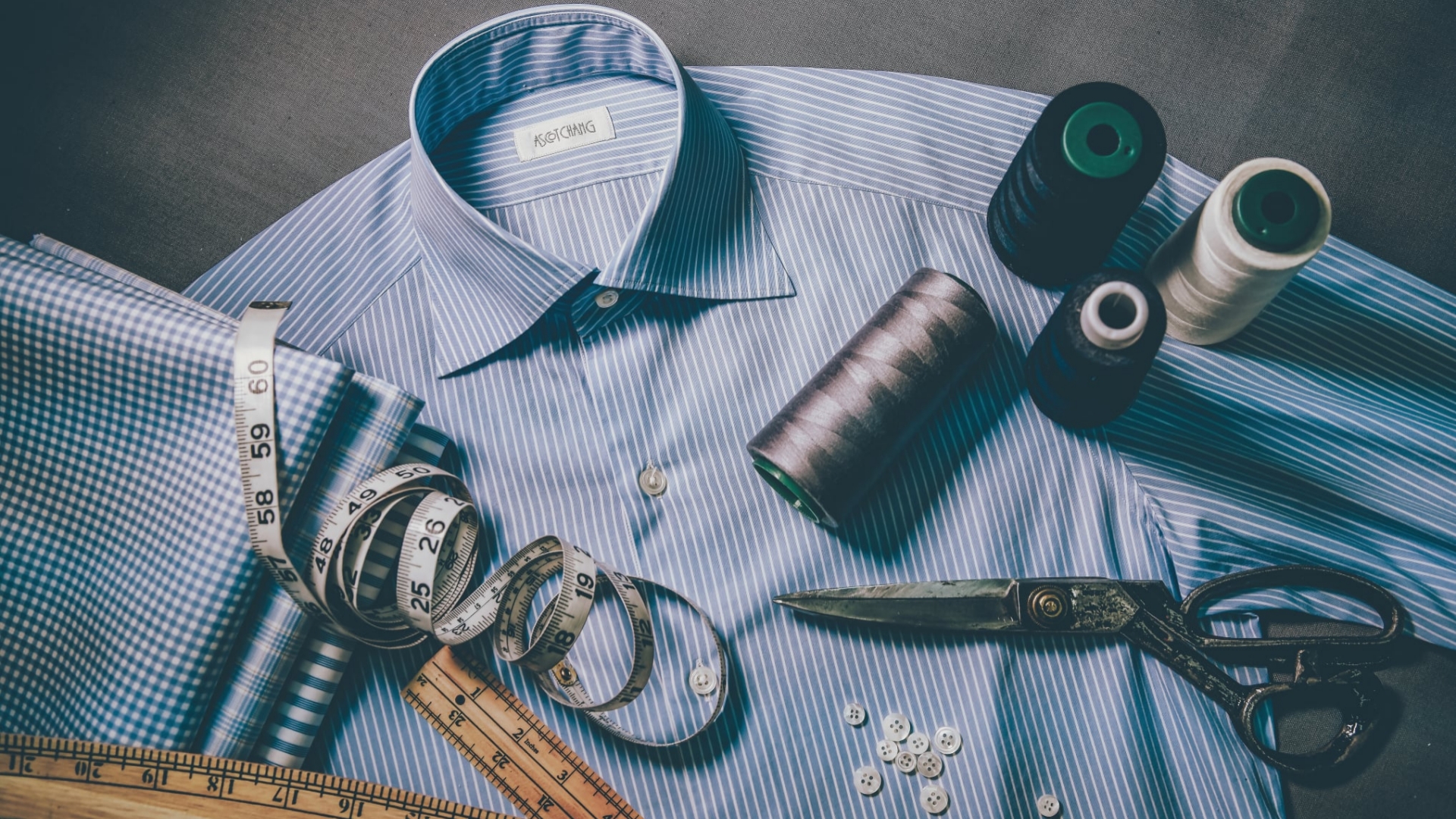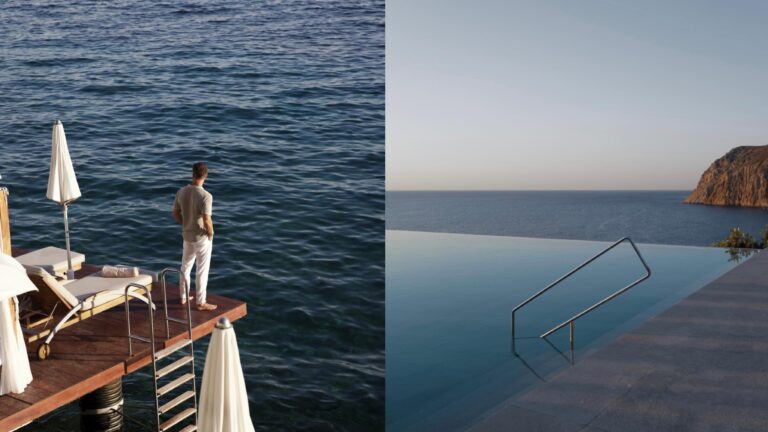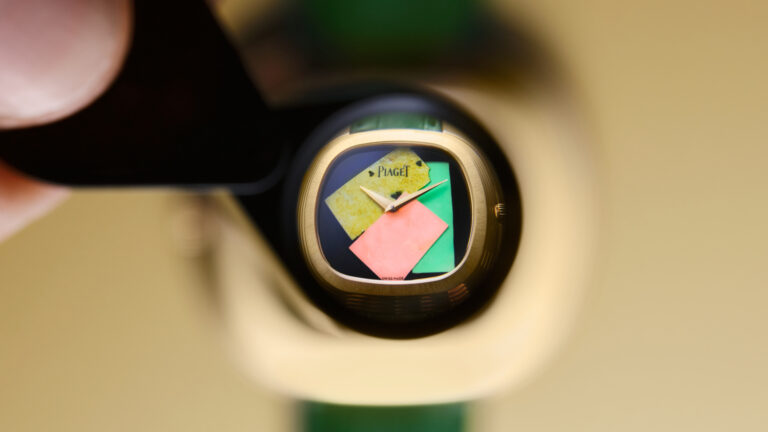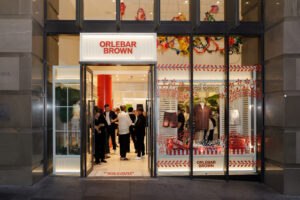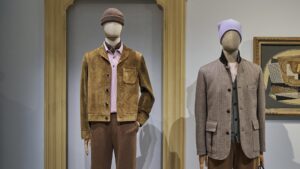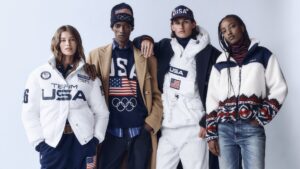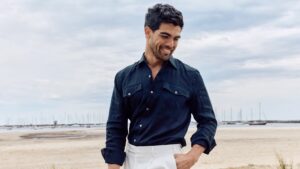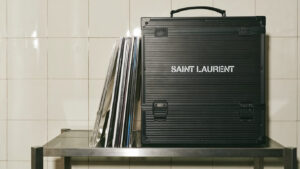Few items of men’s clothing are as pivotal, and yet as under-discussed, as the humble dress shirt. Often the first (and last) layer between you and upper-body exposure, it has increasingly become an afterthought to talk about dress shirts in detail – as men turn to polos, tees, or even hoodies for their daily wardrobe.
And yet, the fact remains that for a handful of significant occasions (think weddings, wakes, graduations and the like) a great dress shirt isn’t just recommended: it’s close to essential.
Add to that the dress shirt’s timeless ability to flatter a range of physiques (Tom Ford famously described “crisp white shirts” as one staple “every man needs”) and you’ve got yourself a garment that demands its own style guide. Because what else are you going to wear your favourite blazer with?
RELATED: A Definitive Guide To Rocking The Plain White T-Shirt
Jump To
Fit & Fabric
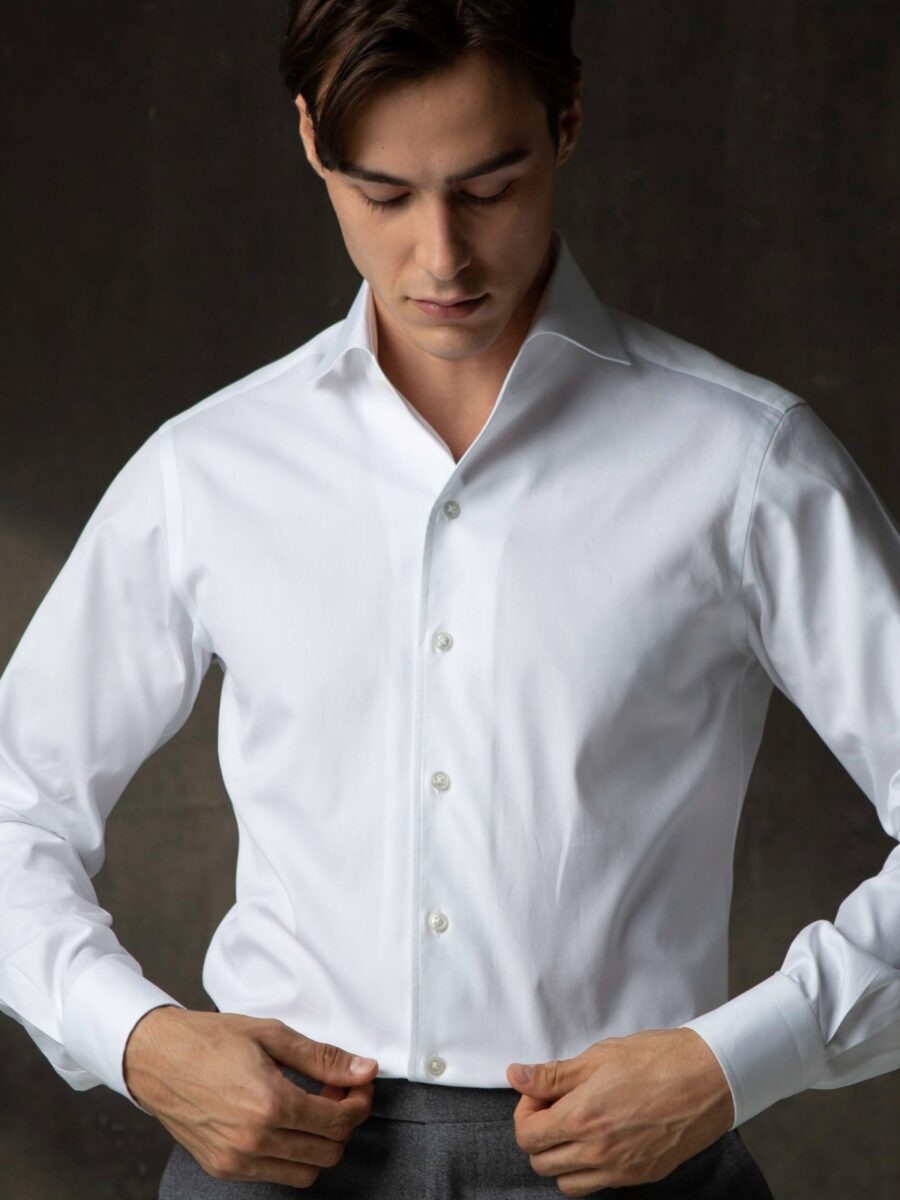
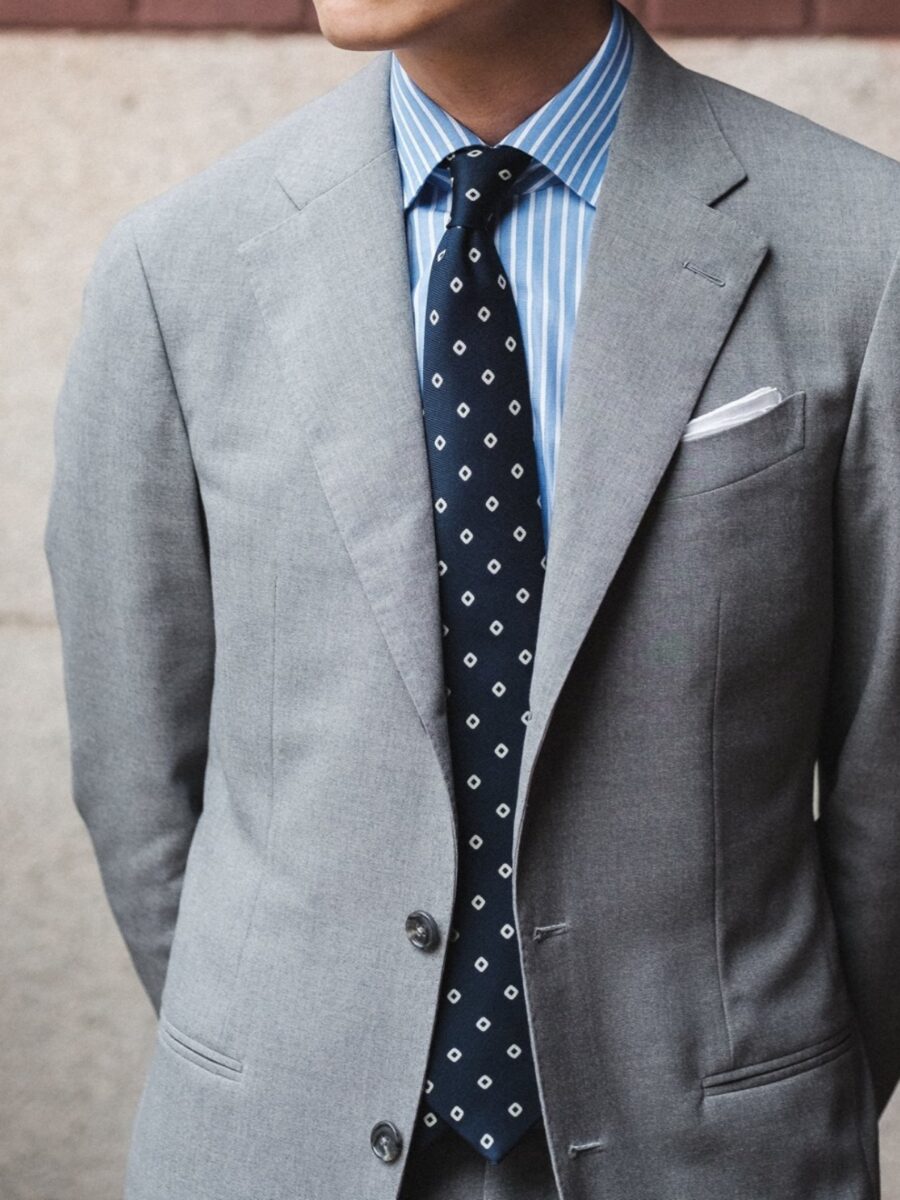
As with pretty much every other item of clothing in the world of classic menswear, before you get caught up in cotton twills, tab collars and other finicky details; it’s important to answer questions of fit.
Rather than imposing arbitrary metrics, about cuff widths or how many centimetres long your sleeves should be, we’ve enlisted Justin Chang – a third-generation shirtmaker based in Hong Kong – to explain the visual shorthand one should look out for when buying new dress shirts.
“Shoulders, sleeve length, and collar are paramount,” explains Justin. “That said, if your measurements don’t match standard off-the-rack sizing, a bespoke/made-to-measure shirtmaker can fine-tune every detail.”
We ask Justin to unpack his key benchmarks for a great fit below:
- Shoulders that align with the wearer’s natural shoulder line. The entire garment should ‘hang’ cleanly, without pulling or puckering, though a slightly dropped shoulder can work for those looking to embrace an oversized fit.
- Sleeve length is, according to Justin, “equally crucial” to shoulder fit. A good rule of thumb is that no more than a centimetre of cuff should be visible when the shirt is worn under a jacket.
- Enough space, when the shirt’s collar is buttoned, for the wearer to fit a finger in between. Or, as Justin puts it, “never too tight or too loose”. “The collar frames your face,” he continues, “and is one of the first details people notice.”
- A hemline long enough that it sits just above the ‘fork’ of the wearer’s trouser. This ensures that the placket of the dress shirt – when tucked in – falls neatly down the length of the body;
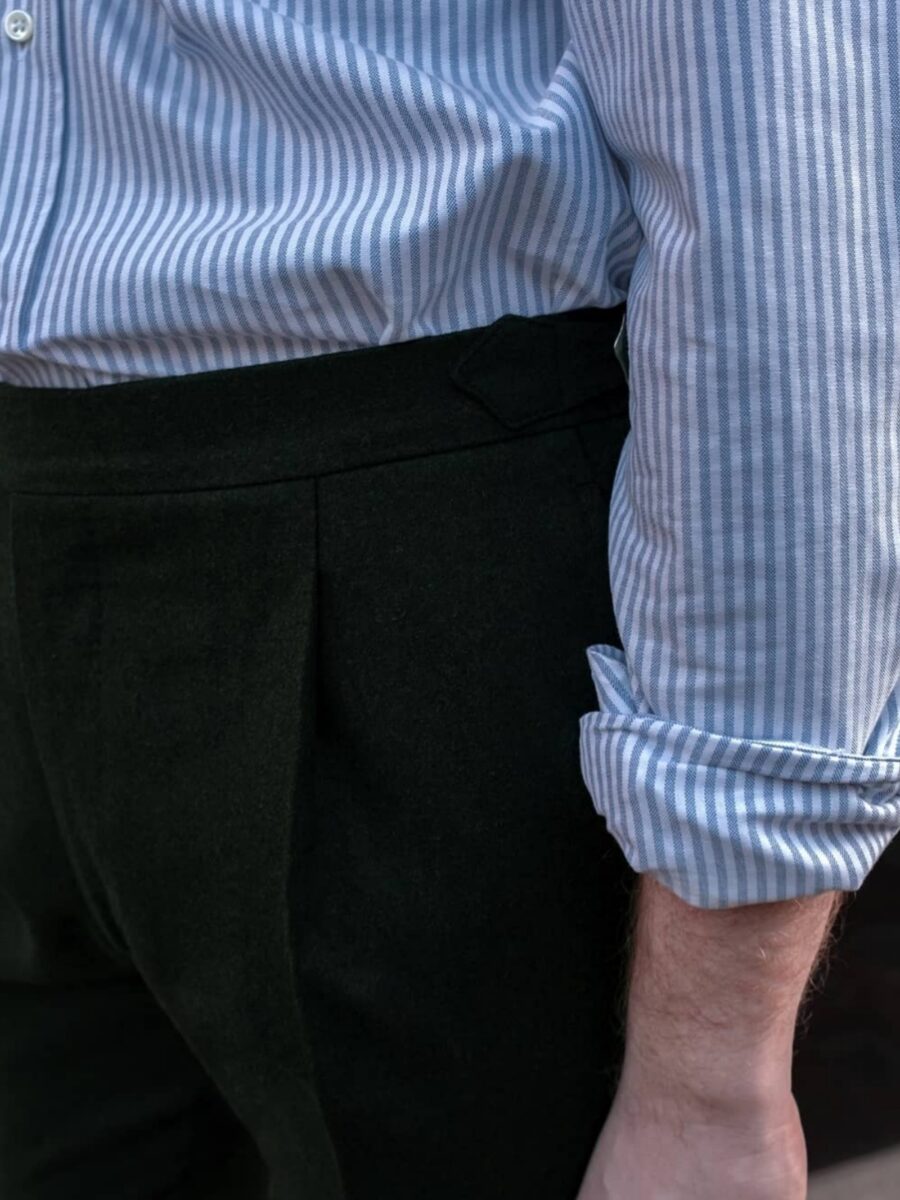
Once you’re satisfied your shirt actually fits, the other important detail to consider is fabric. As in discussions around suiting, the more matte and textured a particular cloth appears, the more casual – and vice-versa.
In order of least to most formal, we run through some of the popular choices of fabric for dress shirts below:
- Oxford, a nubby basket-woven cotton popularised by preppy and Ivy League styles. This cloth has a full-bodied somewhat spongy handle and, due to the lack of sheen, can be worn in a wide variety of applications.
Derek Guy (a.k.a. Twitter’s “menswear guy”) recommends “getting a stack of light blue [oxford] button-downs and several in blue-and-white stripes”. If your style heroes include American icons like Miles Davis or Paul Newman, a classic white Oxford must be on your list. - Twill, a versatile fabric (often made in wool and/or cotton) marked by a distinctive diagonal surface – this is achieved by weaving ‘over and under’ every individual thread.
Twill’s unique structure gives it weight without rigidity; still, it is often visibly finer than Oxford cloth. British textiles firm Thomas Mason is particularly renowned for its twills, which it has fashioned into a variety of herringbones, checks and striped fabrics. - Poplin, a plain-woven cloth made entirely from cotton consisting of extremely fine crosswise ‘ribs’. Characterised by a crisp handle and lustrous surface, this fabric is a popular choice for formal dress shirts.
Guy describes these, particularly in white, as “city shirts” with “limited utility”: the kind of garment that the lawyering and banking class used to wear a lot of (these days, less so).
The Different Kinds Of Dress Shirt Collars
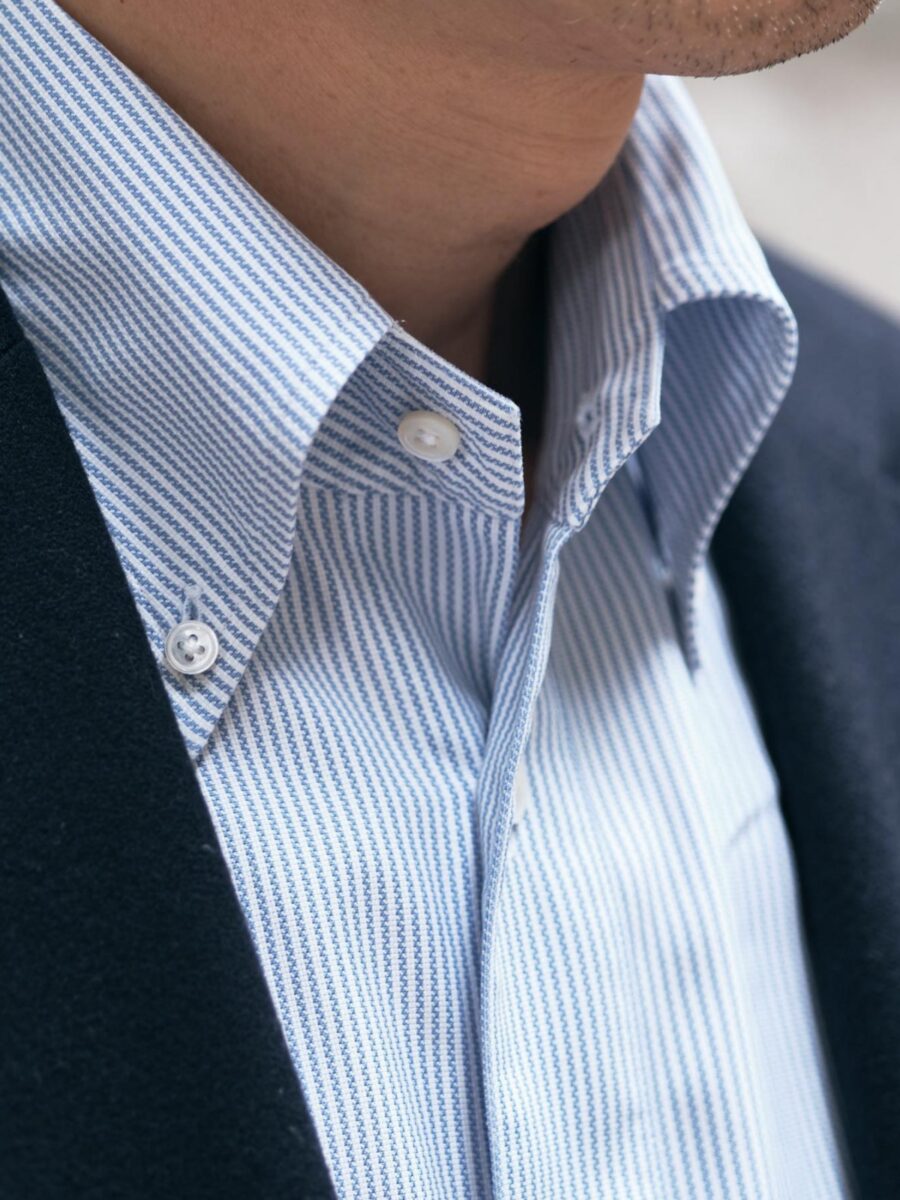
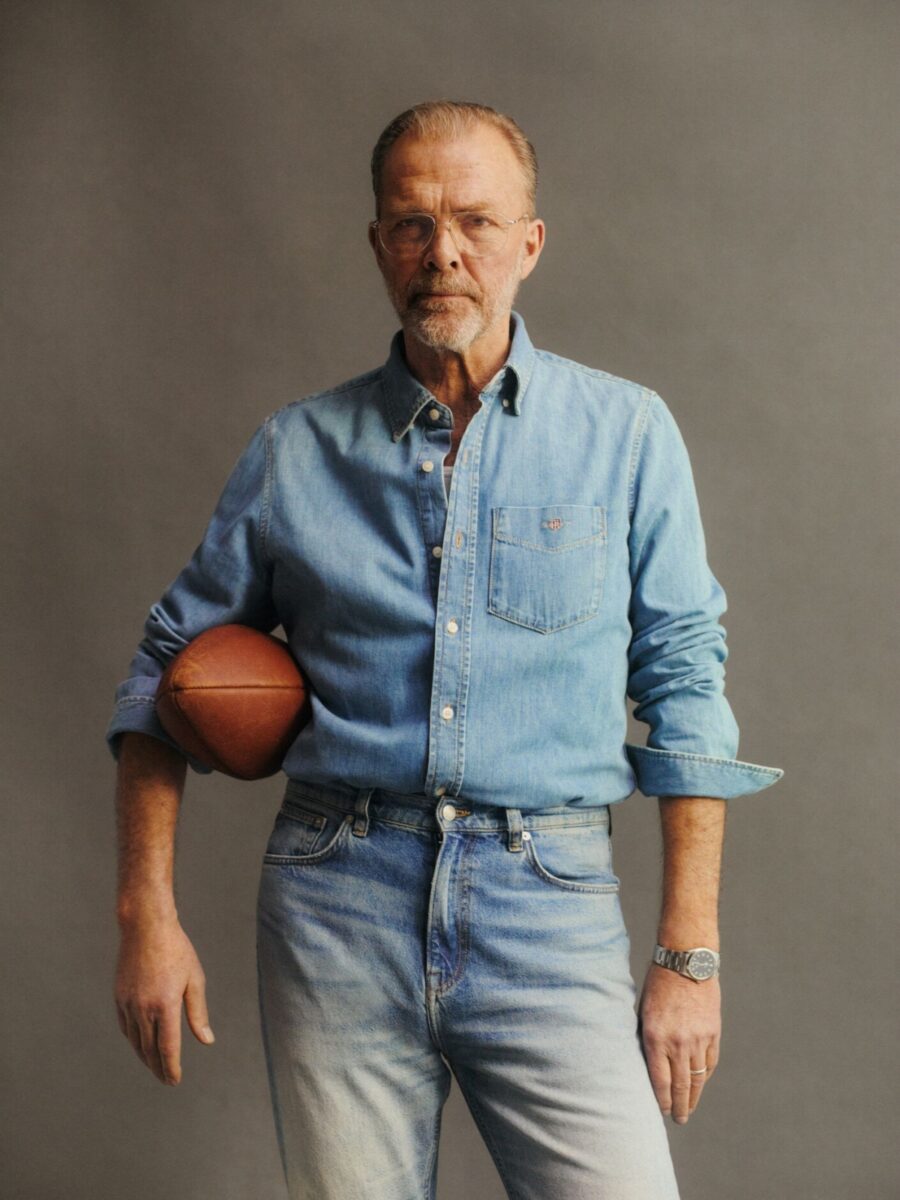
In the men’s fashion industry, it’s common to describe the various kinds of dress shirts based on the fabric they’re made out of. Moreover, collar styles often play a similar role.
For instance, the OCBD (or ‘Oxford Cloth Button Down’) derives its name from the button-down collar: a feature Brooks Brothers introduced at the turn of the 20th century, and now, an emblematic detail for preppy brands everywhere.
There is, of course, lots of minor variation, but for our money, the best OCBDs feature a collar that is unfused along with tips long enough so that they appear to ‘roll’ – like the downturned horns of a bull. “A good button-down collar should shift and rumple as you move,” says Guy. “Messiness is part of the charm.”
One-piece collars (occasionally also referred to as ‘holiday shirts’) are yet another style that derives their name from a signature detail. Somewhere between polo-style and formal shirting, it features a collar cut from the same piece of fabric as the shirt’s placket – so that the two appear seamlessly connected.
The lack of a separate collar band gives the front of this shirting style a clean, flowing appearance: part of the reason why it works well with fabrics that, on their own, already possess enough visual interest. Things like linen, chambray, or even silk – if you’re keen to give your one-piece collar a dressier more refined sensibility.
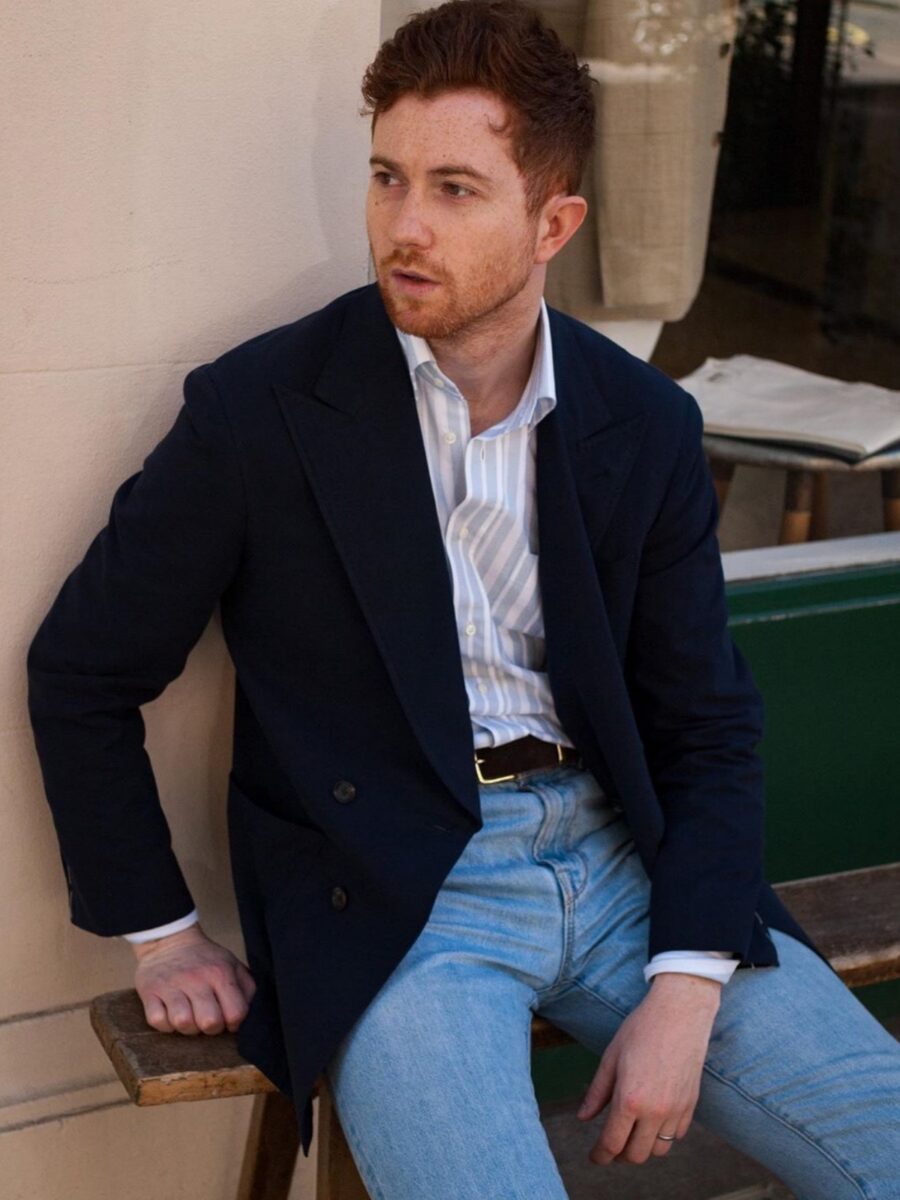
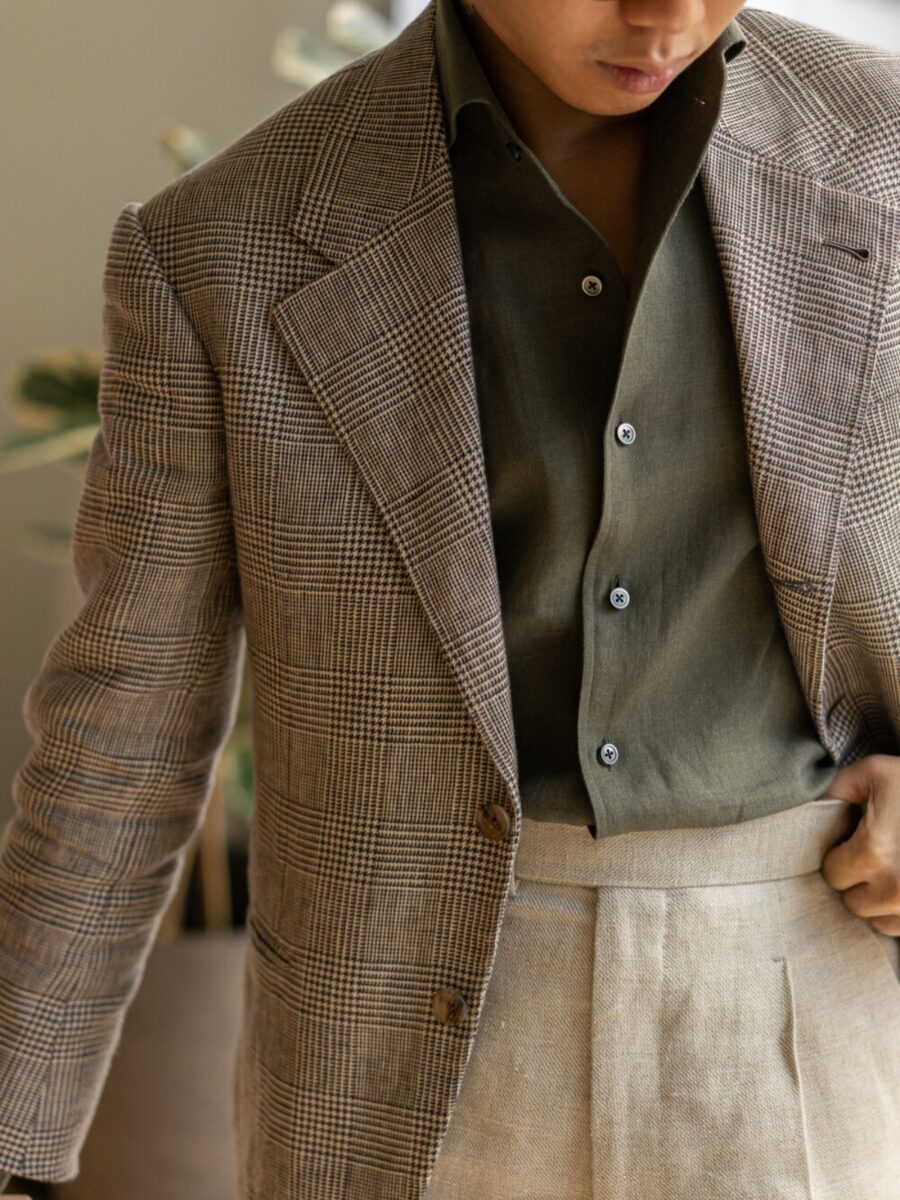
Lastly, but crucially, it’s important to address spread collars: a kind of shape that, for whatever reason, is ubiquitous in Australia. Popularised in the 1920s by the then-Prince of Wales, the spread collar’s original function was to accommodate bulkier tie knots.
Today, a decline in the popularity of neckties means that the spread collar is no longer the indispensable dress shirt that it used to be.
That said, if you work in an industry with a tie-wearing dress code (or simply appreciate the elegance of great neckwear), one solution is to opt for a semi-spread. These collars feature a point-to-point width of about 10cm – just wide enough to sit neatly under the lapels of a jacket, without completely collapsing.
BH Approved: Dress Shirt Brands We Love
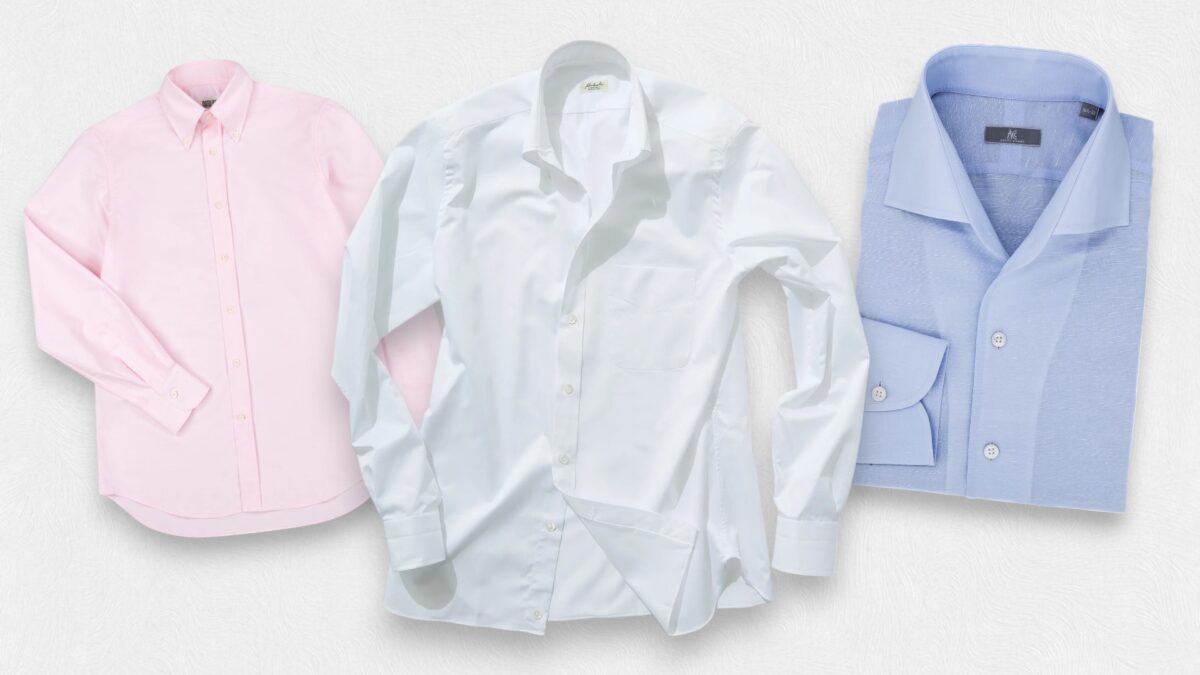
Going beyond the usual suspects on the high street – such as Ralph Lauren or M.J. Bale – there are a plethora of options when it comes to makers of quality dress shirts.
Value-led options, covered by bloggers ad nauseam, include Suitsupply and Kamakura. Both brands offer a staggering assortment of fits, fabrics, and collar styles. Notably, Suitsupply’s shirts start at $129 apiece while Kamakura – which generally still below $200 – specialises in products made largely in Japan.
For men who are unable to dial in their fit using off-the-rack options, Proper Cloth and Ascot Chang are both shirtmakers who come highly recommended.
I’m generally sceptical of clothing brands who utilise remote measuring, but Proper Cloth has fine-tuned the system so effectively that there are now seven different ways for customers to nail their custom size – most of which can be performed at home. Prices start at ~$170, with production in Vietnam.
Conversely, Ascot Chang has been in the business of making shirts since 1953 – with a clientele that includes actor Leonardo DiCaprio and multiple former U.S. presidents. The Chang family owns and oversees their own production facility, where a handful of tailors (38 to be exact) make dress shirts on a ‘pattern’ – a physical template drafted using more than 15 bodily measurements.
“Even if you’re typically an easy [off-the-rack] fit,” says Justin, “the process is worth trying at least once”. “There’s a bucket-list quality to having a shirt made, and the result is a garment you’ll treasure for years to come.”
Price (~$314) and location are the obvious drawbacks, though Justin points out that his team travel to Australia annually to conduct fittings:
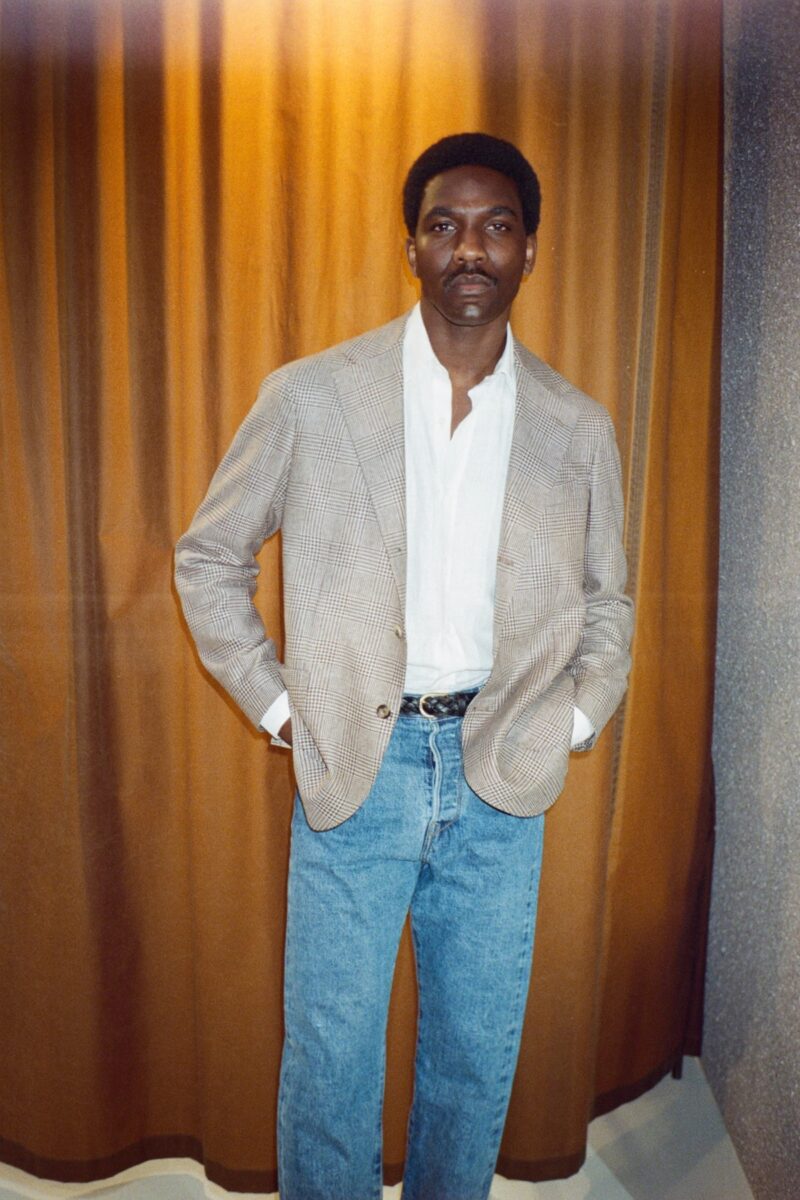
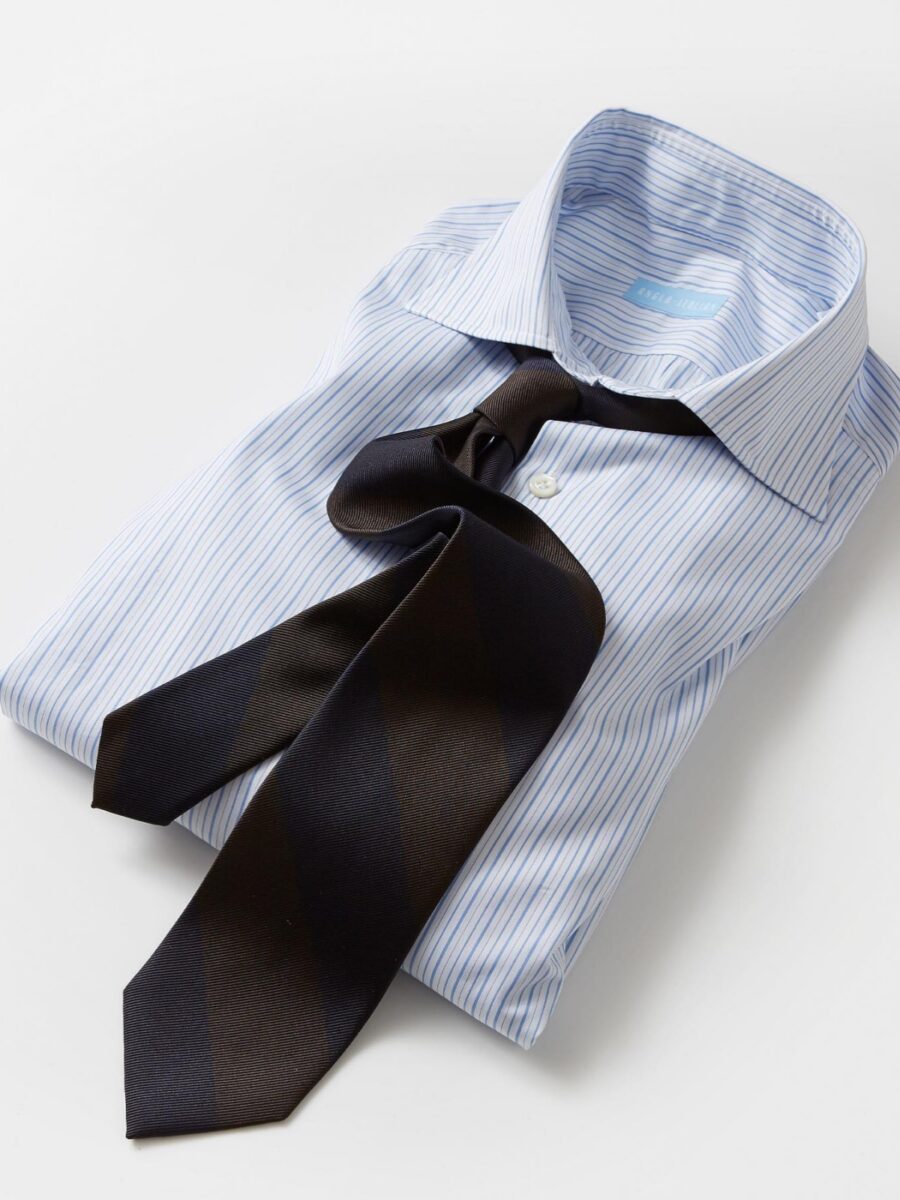
For two European options with a slightly more zeitgeist-y flavour, I’m really enjoying Anglo-Italian and Natalino. Funnily enough, both brands are ‘Made in Italy’ and London-based.
Longtime BH readers are likely to be familiar with Anglo-Italian in particular: as the brand’s founder, Jake Grantham embodies the sort of relaxed and untrendy style we’re such big fans of. Or, as he puts it, “Italian tailoring [with an] English palette”.
Prices are pretty consistent across the board ($295), and once you’ve got your basic light blue oxfords covered, the stuff you’re going to want to pay the most attention to is Anglo-Italian’s seasonal options. Grantham has a knack for really great winter fabrics: think steel-grey brushed cotton or densely bodied woollen checks.
Cheatsheet: The 3 Best Dress Shirts For A Capsule Wardrobe
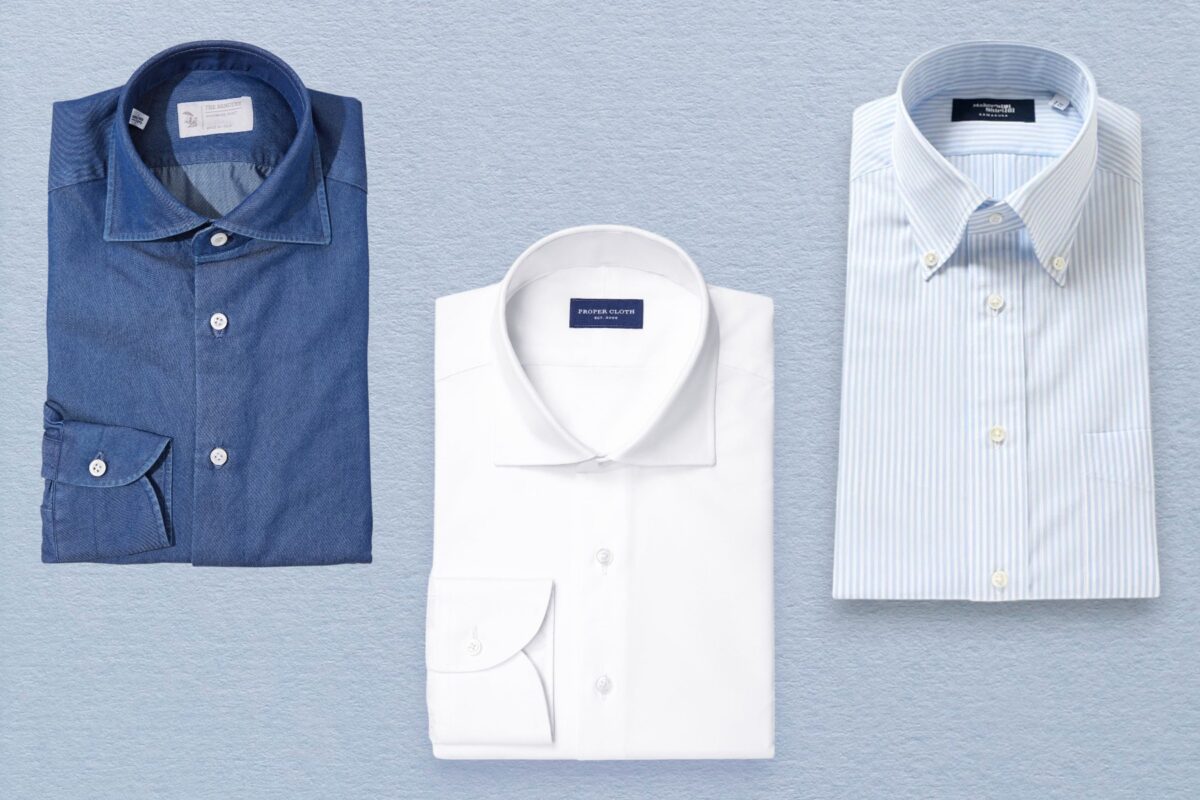
- The ‘dressy’ white cotton twill – ideal for formal situations when you need a shirt that can be worn with a tie, and fabric that’s subtly textured. Best with a spread collar.
- The light blue stripey Oxford – a style favoured by shirtmakers like Justin, who enjoys its ability to “pair effortlessly” with jeans, khakis, or flannel trousers. Best with a button-down collar.
- The ‘in-between’ denim shirt – a really great contemporary alternative to the classic white dress shirt. Select a fabric in a light to medium wash for a look that is both relaxed and polished. Best with a semi-spread collar.
If you’ve enjoyed this guide to buying and wearing dress shirts, then consider checking out some of our other style-related stories – covering maintenance, our favourite brands, dress codes and much more:
